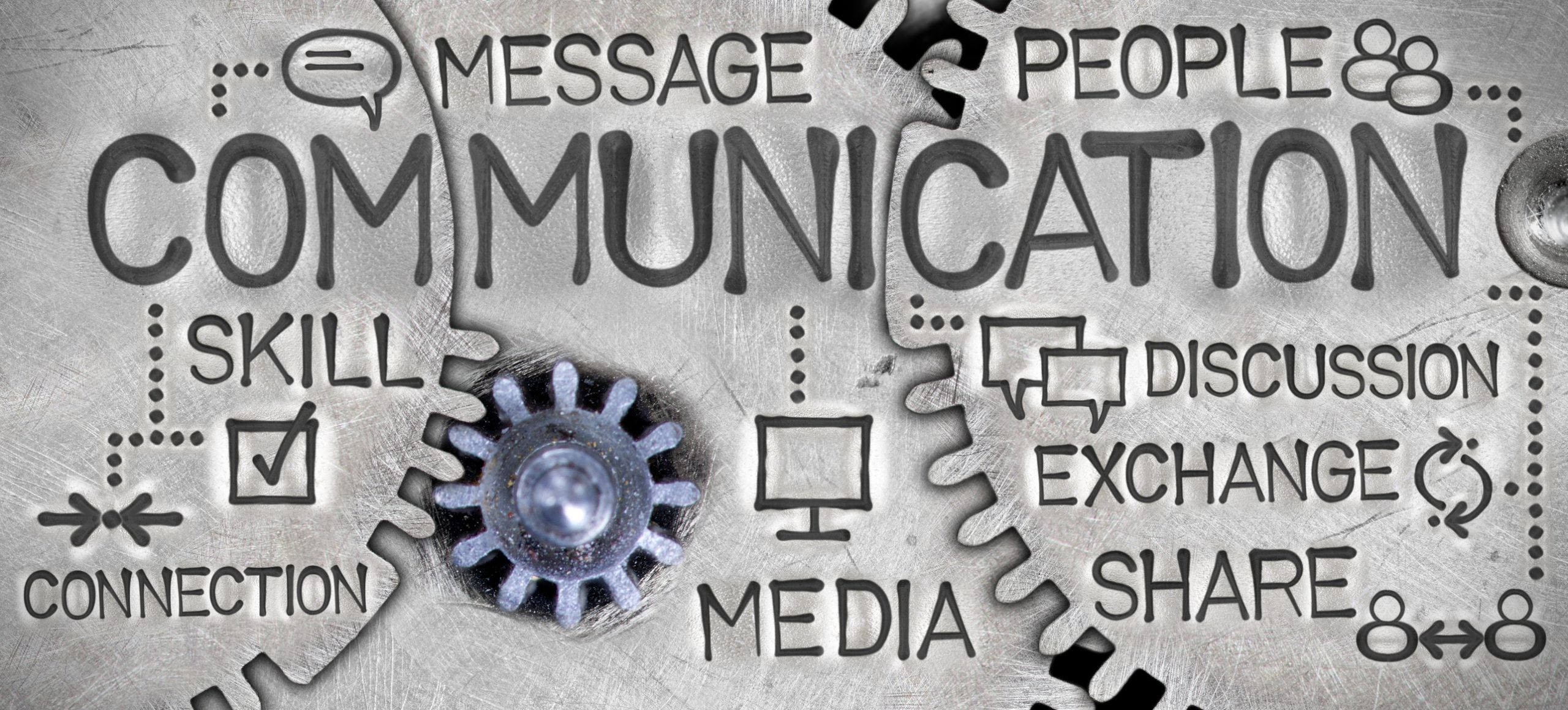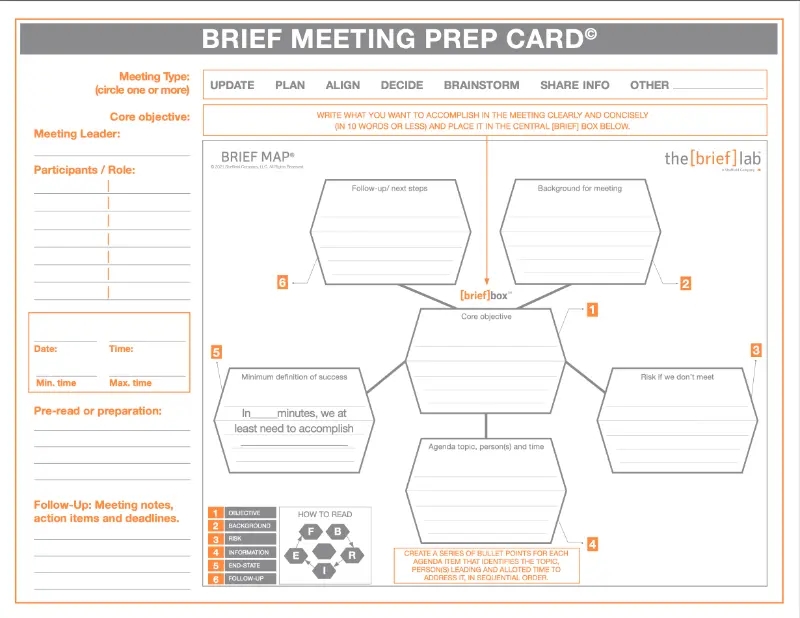Mastering Business Communication: Key Strategies for Success

Effective business communication is key to success in any industry. It can greatly impact the way a company functions and its overall success. It boosts employee morale, avoids misunderstandings, and contributes to customer satisfaction. Openness and effective communication foster a positive company culture. The type of communication, whether internal or external business communication, nonverbal communication, or business communication in digital channels, plays an important role in clarifying messages among members of an organization.
How Effective Business Communication Leads to Success
No matter what success looks like for your business, clear and concise communication is a key ingredient for efficient and effective teams. Clear and concise communication:
- Enhances internal collaboration.
- Improves teamwork and cohesion among employees.
- Leads to better problem-solving and decision-making.
- Fosters employee engagement and productivity.
- Builds trust and credibility within the organization.
Clear and concise business communication is the lifeblood of leading organizations.
Understanding Different Types of Business Communication
Internal communication promotes team cohesion and collaboration among members of an organization.
External communication is crucial for building strong relationships with customers.
Upward communication allows employees to share feedback and ideas with management, fostering a culture of innovation.
Downward communication ensures clear instructions and expectations from leaders, contributing to the company’s success.
Different types of business communication, such as verbal and nonverbal communication, text messages, and face-to-face meetings, are essential for effective corporate communication.
Upward Communication in Businesses
Upward business communication allows employees to voice concerns and suggestions, providing valuable feedback on their experiences to management. This type of communication helps leaders understand employee needs and challenges, while also allowing employees to share their achievements and seek recognition. Effective upward communication promotes an open and inclusive work environment, contributing to the company’s success and fostering clarity and clarification.
Downward Communication in Businesses
Downward communication ensures clear and consistent messaging from leaders, who use it to delegate tasks and set expectations. Additionally, downward communication provides updates on company goals and strategies, helping to align employees with organizational objectives. This type of communication promotes transparency and accountability, which are essential for a company’s success. Clear downward communication is vital for the smooth functioning of an organization.
Lateral Communication in Businesses
Lateral communication in businesses promotes collaboration among team members, fostering the exchange of ideas and knowledge sharing. It helps resolve conflicts and disagreements, breaking down silos within the organization. Effective lateral communication enhances teamwork by building strong relationships among members of the organization. By encouraging open communication channels, companies can achieve clarity and clarification, leading to better internal business communication. Face-to-face meetings, text messages, and other types of communication play crucial roles in lateral communication within an organization. Lateral communication is vital for a company’s success.
External Communication in Businesses
External communication in businesses involves building relationships with customers through various channels like social media and email. It plays a significant role in public relations and customer service, helping to attract and retain customers. Effective external communication also contributes to the development of a strong brand image, which is vital for the company’s success. Communication with customers, both in verbal and written form, is essential for clarification and ensuring customer satisfaction.
Essential Strategies for Mastering Business Communication
Developing effective listening skills, enhancing verbal and non-verbal communication, active listening, maintaining eye contact, and understanding the importance of body language play crucial roles in effective business communication. Adapting your communication style to different audiences and situations will help your audience tune-in and ask better questions, so your ideas and main points are understood quickly.
Developing Effective Listening Skills
Developing effective listening skills requires fully focusing on the speaker, avoiding distractions, and being attentive to both verbal and non-verbal cues. Good listeners ask clarifying questions to ensure understanding and promote open and honest communication by listening without judgment. Reflective listening, which involves paraphrasing to show understanding, is also important to develop. By honing these skills, individuals can enhance their communication ability in a business setting.
Enhancing Verbal and Non-Verbal Communication
Clear and concise verbal communication minimizes the chances of miscommunication. Attention to tone and voice modulation enhances the impact of verbal communication. Effective non-verbal communication is improved by using appropriate gestures and facial expressions. Maintaining eye contact during conversations shows interest and engagement. Awareness of cultural differences in non-verbal communication fosters effective communication within diverse teams.
Mastering Written Communication
Clear and concise emails are crucial for effective business communication. Good grammar and spelling enhance professionalism, while structured writing with headings and bullet points improves readability. The appropriate tone and language convey messages effectively. Additionally, proofreading written communication helps avoid errors.
How Can One Improve Email Communication?
Improving electronic communication involves following email etiquette rules, being mindful of tone and phrasing, and responding promptly. Collaboration tools can streamline communication within teams, but exercise caution with humor and sarcasm.
Overcoming Barriers in Business Communication
Open and transparent communication breaks down silos, fostering a positive and inclusive company culture. But there are certain barriers to be aware of, such as:
- Physical barriers
- Psychological barriers
- Organizational barriers
Give yourself time to plan and structure your communication properly to work with–or avoid–these barriers so your audience or recipient has the best chance of understanding your ideas.
Physical Barriers in Communication
Distributed teams can hinder effective communication. Noisy environments make it difficult to hear and understand each other. Lack of proper technology and equipment impedes communication. Different time zones create communication challenges for global teams. You could use video conferencing tools to bridge the gap caused by physical barriers. Or, consider using a space designed especially for team collaboration paired with quiet time so people can think, reflect, and come in with their best ideas.
Psychological Barriers in Communication
Preconceived notions and biases can hinder understanding in communication. Emotional barriers, like stress or anxiety, may also affect effective communication. Language barriers often lead to misinterpretations and misunderstandings. Overcoming these psychological barriers requires active listening and emotional intelligence. Promoting a mindset of openness and inclusivity within an organization can further enhance communication.
Organizational Barriers in Communication
Hierarchy and bureaucracy can hinder the communication flow within an organization. When there are no clear channels for communication, confusion can arise. Inadequate knowledge-sharing practices also impede effective communication. To overcome these barriers, it is crucial to foster a culture of open and transparent communication and utilize tools and technology to facilitate communication across different departments.
Impact of Effective Business Communication on Company Culture
Good communication within a company has a profound impact on its culture. It fosters a positive work environment, boosts employee morale, and promotes teamwork and collaboration. Transparent communication improves trust and engagement, enhancing the company’s public image. Strong internal and external communication contributes to overall success. Effective business communication is vital for building a healthy and thriving company culture.

Building a Positive Work Environment
Building a positive work environment involves encouraging open and honest communication among team members. By fostering a culture of respect and active listening, organizations can create an atmosphere where everyone feels valued. Providing opportunities for feedback and suggestions helps to improve communication, while recognizing and appreciating good communication skills among employees strengthens cohesion within the team. Promoting effective communication is essential for creating a harmonious and productive workplace.
Promoting Employee Engagement and Satisfaction
Engaged employees actively participate in internal business communication, clarifying goals and expectations, which leads to greater satisfaction. Regular channels foster a sense of connection and belonging, while two-way communication empowers and values employees. Effective corporate communication supports employee growth through feedback and development opportunities.
Role of Business Communication in Customer Satisfaction
Consistent and transparent communication creates loyal customer relationships. By providing clear and accurate information, businesses enhance customer satisfaction and enable customers to make informed decisions. Effective communication ensures that customer needs are met and fosters strong relationships through timely updates and feedback.
Regular communication keeps stakeholders informed and engaged, while timely responses to queries and concerns demonstrate good customer service. By ensuring timely and relevant communication, businesses can foster clarity, build trust, and promote efficient collaboration among members of an organization.
Break Down Silos for Internal Business Communication
By breaking down silos and promoting collaboration, teams can innovate and share valuable knowledge. Clear communication of goals and expectations aligns departments towards common objectives, fostering a cohesive work environment. Encouraging open and honest communication resolves conflicts and improves morale. Building positive relationships between teams strengthens the company’s success.
How The BRIEF Lab Can Help
The Brief Lab hosts workshops and online courses for organizational leadership teams that want to learn to communicate efficiently and effectively. Professional leaders recognize the value of concise communication as a core skill that sets them apart. Brevity forces clearer thinking, which leads to better decisions and results. When you embrace concise communication and develop a culture of brevity, you can:
- Reduce time spent in meetings, briefings, and your inbox.
- Make better decisions faster based on clear, consistent information.
- Develop consensus that unifies effort and encourages follow-through.
- Enhance understanding of your mission and message.
- Improve operational efficiency and effectiveness.
- Ensure clarity to reduce confusion and re-work.
Contact us to learn about our offerings; we’ll teach you and your team how to embrace concise communication and develop a culture of brevity.
Final Thoughts
Mastering business communication leads to better understanding, collaboration, and productivity within an organization. Professionals can significantly improve their communication abilities by developing essential skills such as active listening, enhancing verbal and non-verbal communication, and mastering written and electronic communication. Overcoming barriers in communication, both physical, psychological, and organizational, is also essential for smooth and effective communication. Furthermore, effective business communication is vital in shaping company culture, promoting employee engagement and satisfaction, and ensuring customer satisfaction. Lastly, staying updated with future trends in business communication will help professionals adapt to changing communication methods and technologies, ultimately leading to continued success in the business world.
Frequently Asked Questions
How can I tailor my communication style to different audiences in a professional setting?
To tailor your communication style to different audiences in a professional setting, start by understanding their needs, background, and preferences. Use appropriate language and tone, avoiding jargon or technical terms. Adapt your style to their preferred mode of communication and practice active listening for effective feedback.
What are some common pitfalls to avoid when communicating in a business context?
To communicate effectively in a business context, it’s important to avoid pitfalls that can hinder understanding. Steer clear of vague language, assumptions about knowledge levels, emotional reactions, and jargon that may confuse others. Focus on clear and concise communication for successful interactions.
Are there any tools or resources that can help improve my business communication skills?
Yes, there are various tools and resources available to enhance your business communication skills. Online platforms like Udemy and Coursera offer courses and workshops. Additionally, books such as “Crucial Conversations” and “Influence: The Psychology of Persuasion” can provide valuable insights. Incorporating practices like active listening, note-taking, and seeking feedback from colleagues can also contribute to improving communication skills.


